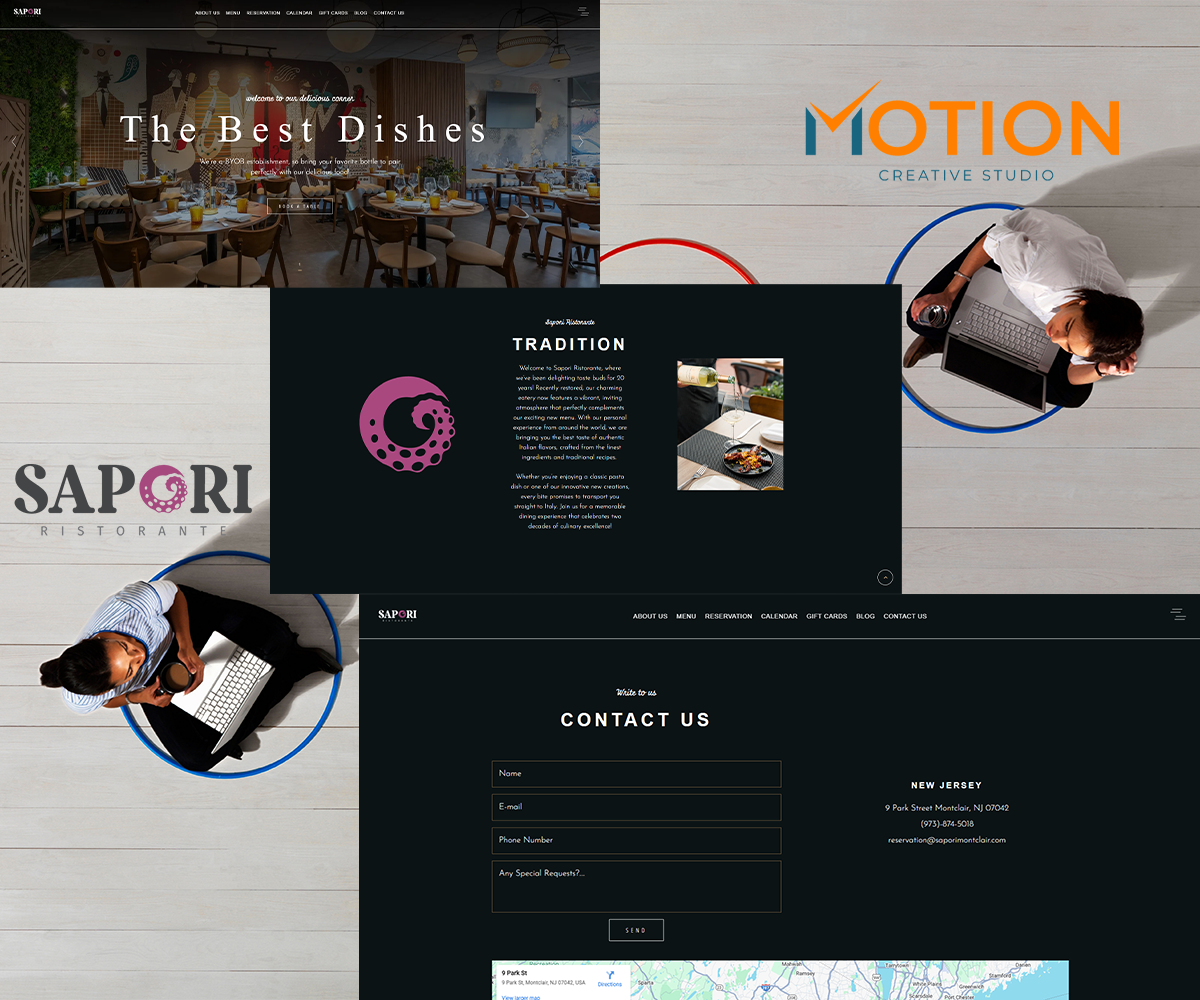
When it comes to branding, color is more than just a design choice—it’s a powerful communication tool that influences how your audience feels and interacts with your brand. Studies show that up to 90% of snap judgments about products can be based on color alone.
At Motion Creative Studio, we’ve seen firsthand how the right color palette can elevate a brand’s identity, strengthen recognition, and boost customer loyalty. Let’s explore the psychology behind colors and how to choose a palette that reflects your brand’s personality and goals.
1. Understanding Color Psychology in Branding
Color psychology studies how colors influence human behavior and emotions. In branding, this means using colors strategically to convey the right message to your target audience.
Here’s a quick guide to common color associations:
-
Red ❤️ – Energy, excitement, passion, urgency (often used by brands like Coca-Cola and Netflix).
-
Blue 💙 – Trust, professionalism, calm (popular among banks and tech companies like Facebook).
-
Yellow 💛 – Optimism, warmth, friendliness (McDonald’s and IKEA use this to create positive vibes).
-
Green 💚 – Growth, health, sustainability (Starbucks, Whole Foods).
-
Purple 💜 – Luxury, creativity, sophistication (Cadbury, Hallmark).
-
Black 🖤 – Elegance, power, exclusivity (Chanel, Nike).
2. Know Your Brand Personality
Before choosing colors, define your brand’s personality. Are you bold and adventurous, or calm and professional?
For example:
-
A fitness brand might use red and black to inspire energy and determination.
-
A wellness spa might lean towards green and beige for a calming effect.
You can explore more about brand identity in our related post: How to Build a Strong Brand Identity in 5 Easy Steps.
3. Consider Your Audience and Industry
Colors resonate differently across cultures and demographics. For instance, while white represents purity in Western cultures, it can symbolize mourning in some Eastern cultures.
Do some market research to understand your audience’s preferences and expectations. If you operate globally, opt for a color scheme that’s culturally inclusive.
4. Use Color Combinations Strategically
Choosing the right primary, secondary, and accent colors can make your brand look more professional and visually appealing. Use tools like Adobe Color Wheel or Coolors.co to test different combinations.
Aim for:
-
1 primary brand color (core identity)
-
1-2 secondary colors (balance and variety)
-
1 accent color (to highlight CTAs or special offers)
5. Test Your Palette in Real Scenarios
Before finalizing, apply your chosen palette across different brand touchpoints: website, social media, business cards, packaging, etc.
Our Web Design & Development Services team can help you visualize and implement a cohesive color strategy across all platforms.
Conclusion
Your color palette is a silent ambassador for your brand. The right colors can make your business more memorable, emotionally appealing, and visually distinctive.
If you’re ready to transform your brand’s look and feel, contact Motion Creative Studio today. Our creative team will help you choose colors that speak directly to your audience and set you apart from the competition.





